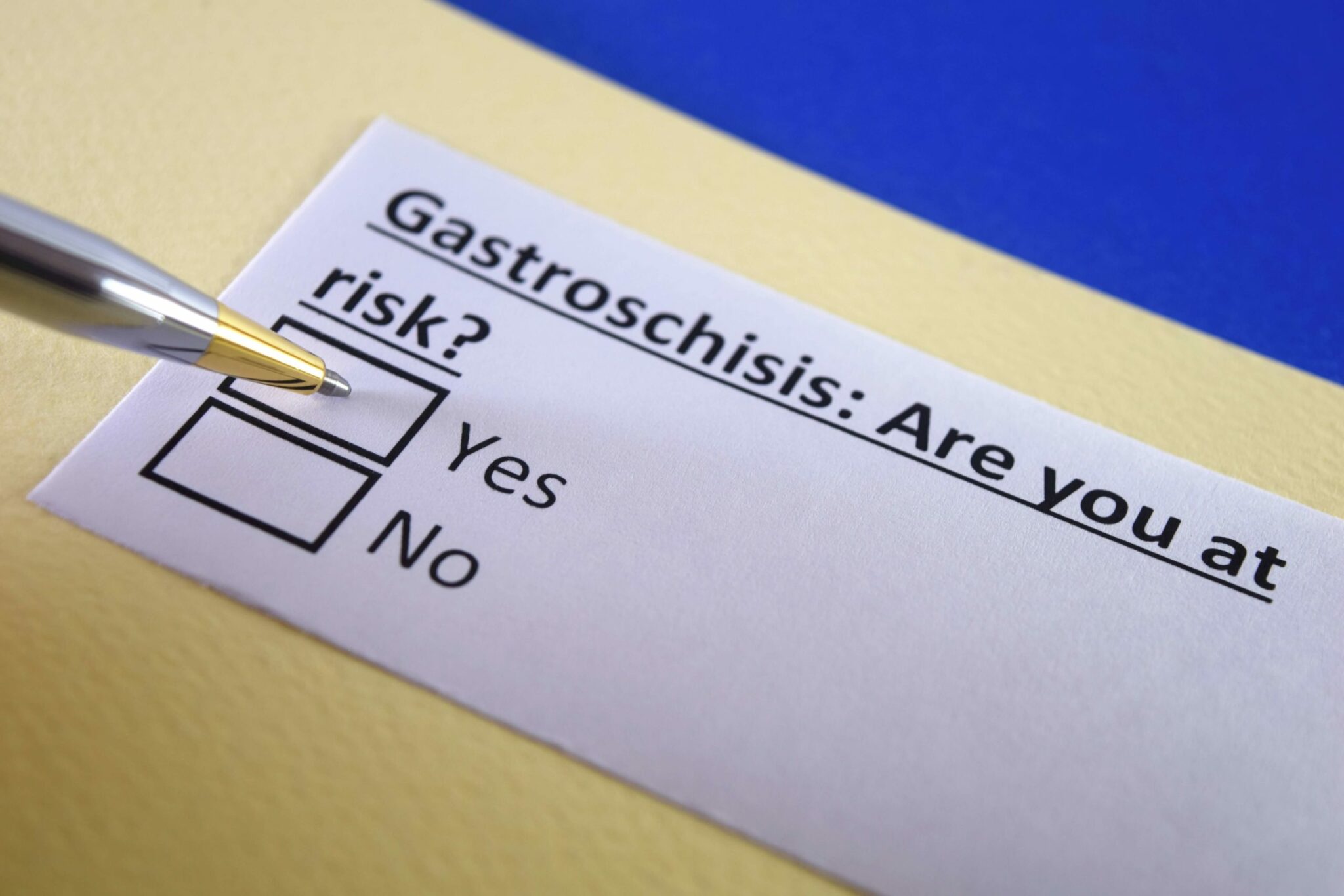8 Ways Heart Defects can be Diagnosed in Newborns
Doctors often diagnose congenital heart defects in the womb or during infancy, when symptoms, the mother’s medical history, or routine tests or physical exams reveal the abnormalities. But not all congenital heart defects are diagnosed so early. Some might not be diagnosed until childhood, adulthood, or only after the heart defect begins to cause symptoms or problems.
The good news is that medicine has come a long way in accurately detecting these abnormalities before birth, thanks to advanced imaging technologies. For example, fetal echocardiography (echo) uses sound waves to examine the fetal heart and detect abnormalities before birth. Diagnosing serious heart defects in the womb improves a baby’s chances of survival at birth because it gives doctors the opportunity to plan for a treatment approach.
Fetal cardiology guidelines for physicians, released in April 2014 by the American Heart Association, recommend that women with specific risk factors should be referred for fetal echocardiography. The risk factors are: having diabetes prior to pregnancy; being diagnosed with diabetes in the first trimester; having taken non-steroidal anti-inflammatory drugs, or NSAIDs, in the third trimester; having congenital heart disease or a close relative with congenital heart disease; and, possibly, having conceived with in vitro fertilization.
Other advanced imaging options to identify fetal heart abnormalities include high-resolution ultrasound and three- and four-dimensional echocardiography, magnetic resonance imaging, and magnetocardiography.
If not detected before birth, severe congenital heart defects are usually diagnosed soon after because of their symptoms or other signs. Pediatricians or other health providers might detect less severe congenital heart defects during routine physical exams when they check the child’s heart and lungs and look for signs of heart defects.
Infants and children with suspected congenital heart defects might receive other tests to confirm and pinpoint a diagnosis. These other tests include:
Echocardiography (echo)—a painless test using sound waves (ultrasound) to create a moving picture of the heart, which shows the heart’s anatomy and how it’s working.
Electrocardiogram (EKG)—a study of the heartbeat—its rhythm and pumping strength. It’s a painless test that records the heart’s electrical activity.
Chest x-ray—reveals the structures of the heart and lungs.
Pulse oximetry—involves attaching a small sensor to the child’s finger or toe. It indicates how much oxygen is in the blood. Low oxygen can be caused by reduced heart function.
Magnetic resonance imaging (MRI)—uses magnetic waves to take a clear picture of the heart and surrounding blood vessels to get a clear picture of the anatomy.
Computerized tomography (CT)—scans use multiple x-ray images taken from different angles, resulting in a clear image of the heart and lungs. Children have to have an IV in the hand to take the test.
A transesophageal echocardiogram (TEE)—is a more invasive test that produces an ultrasound “movie” of the heart. Doctors place a long tube and ultrasound probe down a sedated child’s esophagus, allowing them to directly visualize the heart and how it functions.
Cardiac catheterization—an invasive test, during which doctors put a thin tube (called a catheter) into a vein in the arm, groin, or neck and through to the heart. They then inject a dye into a blood vessel or heart chamber to study a child’s blood flow, pressure, and oxygen level in the area.
Sources:
- American Heart Association
- New guidelines aim to improve care for babies with heart problems in the womb.
National Heart, Lung, and Blood Institute - How Are Congenital Heart Defects Diagnosed?
American Heart Association - Common Tests for Congenital Heart Defects.
American Heart Association - Detection of a Heart Defect in the Fetus.
American Heart Association - Symptoms and Diagnosis of Congenital Heart Defects.
Powered by Bundoo®










































